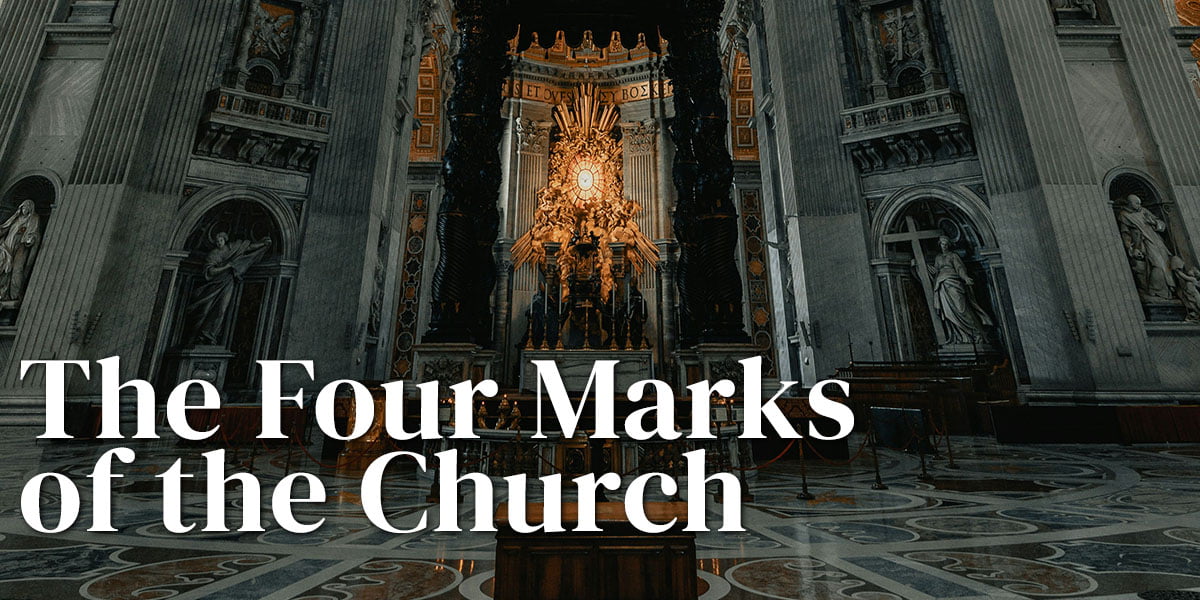I. INTENTIONS and REVERENCE
This is the very first step before we go to the Traditional Latin Mass: intentions. This is important because this Mass is part of the history of the Catholic Church and it has given adoration to our Lord for many centuries. But some modernists attend this mass with an ill intention and give bad comments about it because it contradicts the teachings of the Vatican II Council. Our intention should be to adore and glorify our Lord and make sacrifices for Him, not to criticize him. It’s important to remember that it was celebrated and attended by many saints in the past, and we must respect it.
II. RESEARCH
It’s important to gain more knowledge about its background. Like where the priest faces during the Mass and what language they use. The culture shock we will feel when we attend it will be lessened by this. In the past, parents brought their children to Mass so that they would become accustomed to it as they grew up. In addition, the Church provides a catechism for children to study about the Mass. The catechism is becoming more available in every church under the leadership of Pope St. Pius X. But After Vatican II, it is no longer available in every church except for those under the Traditional Priest Societies.
III. BOOKLET MISSALE
Before attending the Traditional Latin Mass, it is essential to have the Booklet Missale. This booklet is a guide that provides translations for Latin prayers, gestures during mass, and the Priest’s movement. You can obtain this booklet in the church that celebrates the Traditional Rite. Or you can buy it online. Ensure that these copies are genuine.
IV. WEAR PROPER CLOTHES
People in our generation tend to wear whatever they want to wear while attending Mass. They are unaware that Mass has a specific dress code, which includes the traditional one. For men, it is necessary to wear shirts or polo shirts, pants, and shoes. Women are required to wear shirts, long skirts, and a veil. The veil, which is considered the most significant dress for women, is provided by some churches even to those attending the TLM for the first time. We recommend that you bring your own veil. It is not appropriate to wear revealing clothes like tank tops, backless shirts, and shorts. It is important for us to attend the mass for our Lord and show respect by wearing the proper dress.
V. GO EARLY TO CHURCH BEFORE THE MASS
It’s crucial to be in church before mass starts, regardless of whether it’s a traditional or Novus Ordo Mass. If this is your first time attending the Traditional Latin Mass, you must go to the church before the mass so that you can understand the whole Rite. Before mass, there is always confession and rosary prayers. You can take a confession and pray the rosary, and asked our Blessed Mother to assist you in praying the Traditional Latin Mass.
VI. OBSERVE FIRST WHILE PRAYING THE MASS
According to Traditional Catholic teachers and writers, it is necessary to be familiar with the Mass flow before relying on the Missale booklet as a guide. If you wish to know the flow of the mass first before attending it, you can find some videos on YouTube, especially from the Society of Saint Pius X (SSPX) and from the Fraternity of Saint Peter (FSSP).
VII. COMMUNION ON THE TONGUE
It’s important to remember that Communion in the Hand is not allowed in the Traditional Latin Mass due to its liturgical abuse. The Holy Eucharist cannot be held by anyone else but the Priest’s consecrated hands. Kneeling is a requirement for taking Communion on the tongue, just like you did during your first communion. You are receiving the Body of our Lord Jesus Christ, our King and our God through the Holy Eucharist. It is important to show respect.
VIII. AT THE END OF THE MASS, DO NOT LEAVE THE CHURCH FIRST IF THE PRIEST IS STILL PRESENT
Even if the priest is still inside, some Catholics today leave the church first. According to tradition, the priest and altar servers are the first to leave the church, particularly during the Closing Procession. The Priest is a representation of our Lord, Jesus Christ. It is important to wait for the priest before leaving the church.
These are the basics when you attend the traditional Latin mass for the first time. If you’re interested in learning more about this mass and its components, check out some videos on YouTube, particularly from traditional Catholic societies. We hope that these steps will assist you in attending the Mass of All Time.











